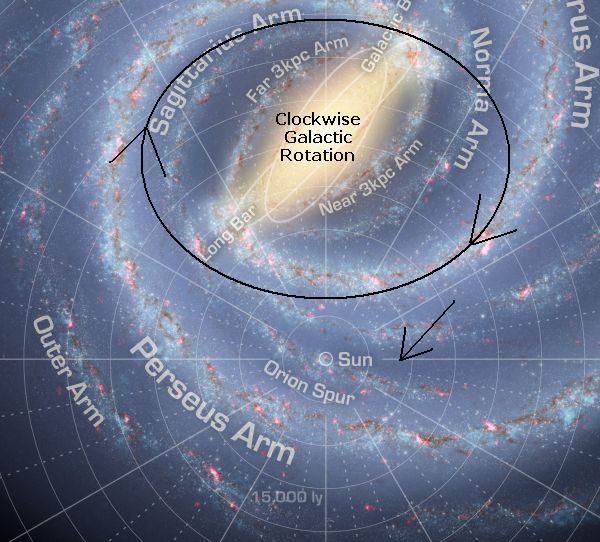
Planets are formed slowly from a coalescence ( accretion) of the flakes of rock and metal in the inner solar nebula, or rock, metal and ices in the outer solar nebula. When we model the conditions of the solar nebula, we find that the temperature reaches the "snow line," where water ice can form, just inside the orbit of Jupiter, and outside this orbit ices and liquids can exist. Thus, we can certainly expect that the inner solar system would be volatile-poor and the planets that form would be largely rocky or contain metals. As the density of the cloud/disk increases, the dust and gas of the nebula would begin to cluster into larger flakes, but in the inner part of the nebula the volatiles (gases) would not form liquids or ices due to the high temperature.

During the collapse of the protoplanetary cloud, the inner parts would naturally heat up (conversion of potential energy into kinetic energy), while the outer parts would remain relatively cold. Temperature Gradient in the Solar Protoplanetary Nebula The mechanism that may account for this is magnetic breaking, where any magnetic fields in the original nebula would be greatly enhanced in the protostellar object, and those magnetic fields would interact with the disk, both slowing the Sun and speeding up the disk. Thus, the angular momentum is all there, but seems to have been redistributed so that the Sun lost much of its angular momentum and the protoplanetary disk gained it. We also mentioned earlier in connection with the formation of the protoplanetary disk that there is much more angular momentum in the planets (99%) than in the Sun itself (1%). But if so, why is the obliquity of the planets so different, especially Venus and Uranus? The answer seems to be in the process of formation of the planets themselves, which we will discuss in more detail shortly. It may seem natural that planets will form with the same sense of rotation as their orbital direction, which is also a consequence of conservation of angular momentum, and models of the behavior of disks seems to bear this out. Thus, this single idea seems to account for all three items 3-5 (except for Mercury and Pluto), and we might expect all solar systems to have planets that orbit in the same direction. This same rotation will cause the outer parts of the cloud to form a disk, and planets forming within that disk will have circular orbits and all lie in the same plane (the plane of the disk). Recall that angular momentum cannot be destroyed, so any initial angular momentum will cause the protostar to rotate ever more rapidly as it collapes. These items seem to be accounted for by the idea that the initial cloud from which the solar system formed had a slight rotation (non-zero angular momentum). The question we can ask is how much of these seemingly striking patterns are universal and tell us something about the formation of planetary systems, and how much of it is a result of random processes, in which other planetary systems will show completely different details? The separation between planets in our solar system seems to follow a pattern ( Bode's Law), which intrigued Kepler ( Music of the Spheres).The angle of the spin axis to the planet's orbital plane is called the obliquity. The rotations of the planets are also direct (counterclockwise) except for Venus (which is slowly retrograde) and Uranus (which is almost rolling around its orbit).The eccentricities are all less than 0.1 except for Mercury and Pluto. The orbits of the planets are nearly circular.The angle of the orbital plane is called the inclination. The orbital planes lie very close to the ecliptic plane for all planets (except Pluto).The Sun also rotates in this same direction. The opposite direction is called retrograde. All planets orbit the Sun in the counterclockwise direction (right-hand rule) as seen from above the ecliptic.



 0 kommentar(er)
0 kommentar(er)
